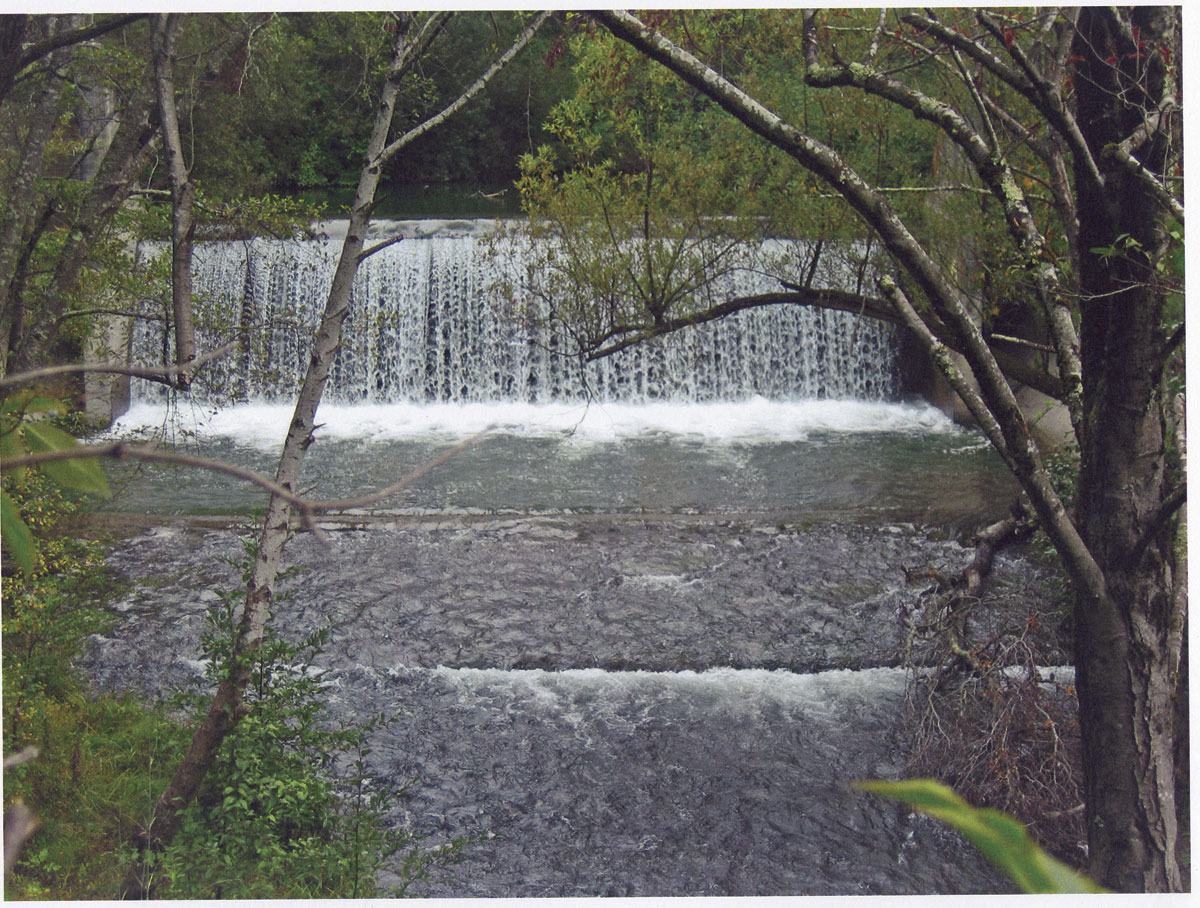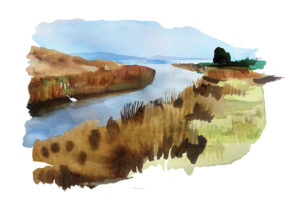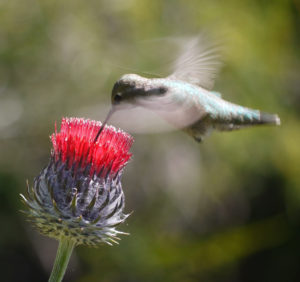It’s not unusual for a retired fisheries biologist to get an email with a fish picture, but the photo of a rainbow trout that Orinda resident Brian Waters received from the East Bay Municipal Utility District (EBMUD) last fall was different. It was visual proof of the more than 100 trout that had been observed in the southern reach of San Pablo Creek after an absence of at least half a century, and it sent Waters into a fit of fist-pumping elation.
San Pablo Creek flows roughly southeast to northwest for 19 miles from its headwaters in Orinda to its terminus in San Pablo Bay, feeding San Pablo Reservoir along the way and draining roughly 43 square miles of East Bay watershed. Trout have not been officially recognized in the southern reach of the creek, upstream from the reservoir, since a report in 1953, though there have been anecdotal sightings over the years.
The trout disappeared following the construction of SP201, a small dam near the reservoir’s south end. Members of the group Friends of Orinda Creeks, including Waters and his friend Reginald Barrett, a professor emeritus of wildlife biology at UC Berkeley, spent more than a decade calling, emailing, and attending meetings to argue that the dam simply needed to be cleared of debris and sediment for the upper reach of the creek to support trout.
Their faith finally paid off late last summer after EBMUD removed debris and shortened the metal crossbars from the sluice gate of SP201. Within a few months EBMUD emailed Waters the photo showing that trout had passed the dam. “This is exactly what we have been working toward in our interactions with EBMUD for more than 10 years,” Waters says.
Waters hopes that moving forward, the presence of trout will help bolster arguments to protect and restore San Pablo Creek and the habitats it supports around Orinda. “It has all the values of an urban stream, from being an educational resource to raising property values,” he says.
“Having a healthy creek encourages people to take better care of it, and right now I’m optimistic about where this is headed.”



